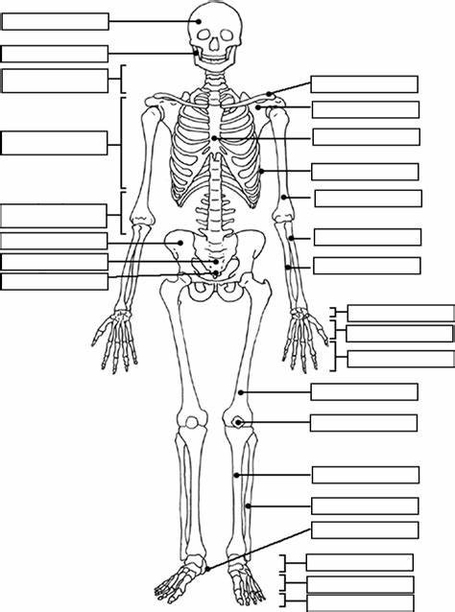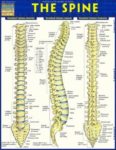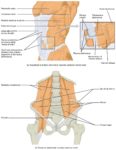The human skeletal system is a complex structure that serves as the framework for the body, providing support, protection, and facilitating movement. It consists of bones, cartilage, tendons, and ligaments. The skeleton makes up about 20 percent of a person’s body weight.
An adult’s skeleton contains 206 bones. Children’s skeletons actually contain more bones because some of them, including those of the skull, fuse together as they grow up. There are also some differences in the male and female skeleton. The male skeleton is usually longer and has a high bone mass. The female skeleton, on the other hand, has a broader pelvis to accommodate for pregnancy and childbirth.
The skeletal system can be broken down into two parts, known as the axial skeleton and the appendicular skeleton. The axial skeleton consists of 80 bones, including the bones of the head, neck, chest, and spine. The appendicular skeleton consists of the bones that make up the arms and legs, as well as the bones that attach them to the axial skeleton.
The skull comprises 22 bones, which can be further classified by location into cranial bones and facial bones. The auditory ossicles are six small bones found within the inner ear canal in the skull. The vertebral column is made up of 26 bones, including the cervical vertebrae, thoracic vertebrae, lumbar vertebrae, sacrum, and coccyx. The thoracic cage is made up of the sternum and 12 pairs of ribs.
The functions of the skeleton are of three different types: support, protection, and motion. The vertebral column, corresponding to the notochord in lower organisms, is the main support of the trunk. The central nervous system lies largely within the axial skeleton, the brain being well protected by the cranium and the spinal cord by the vertebral column.
In conclusion, the skeletal system is a vital component of the human body. Its intricate structure and multiple functions make it an essential part of our anatomy, contributing to our ability to move, protect our organs, and support our bodies.



